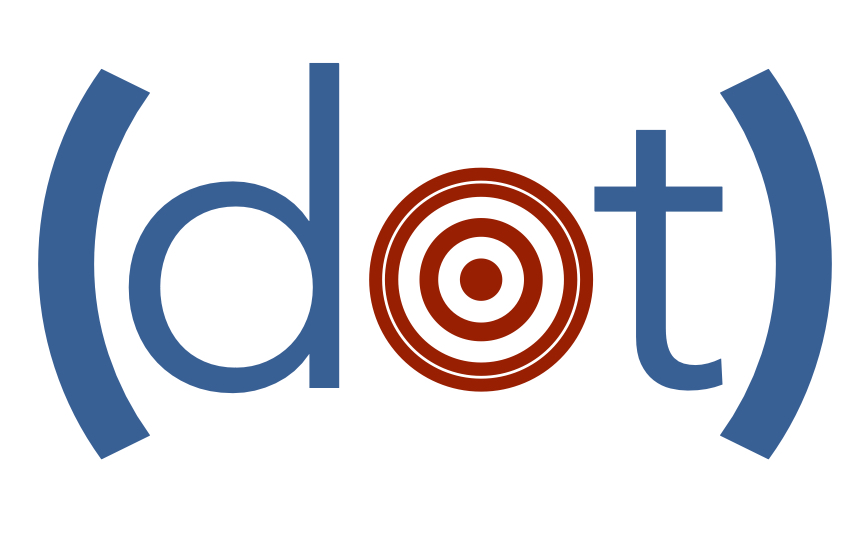
The Holocaust, Through the Eyes of Women | (dot)gender

(dot)gender | A space by LORENA STELLA MARTINI
Two weeks ago, on International Holocaust Remembrance Day, I read an article dealing with menstruations in concentration camps. It struck me to realize that I had never actually thought of this issue before – how could women held in such dire conditions cope with their periods? What did it entail for them?
In her article for History Today “Menstruation and the Holocaust”, Jo-Ann Owusu describes how women would physically cope with their bleeding with neither sanitary equipment nor running water; how having periods, or faking it, could save women from being raped, and how the common reality of menstruations led to the development of “gendered social networks of support and help”.
In her master’s thesis “Tracing the destruction of women’s bodies: survivor testimonies of menstruation in the Holocaust” (2019), Emily Ann Wood analyses the forms of gendered humiliation and violence that women were exposed to by concentration camps’ guards when menstruating, thus underlining how a natural body function could suddenly turn into an extremely dangerous condition, that could even put their life at risk. On the other hand, even the loss of periods due to shock, fear, malnutrition or poor health was a source of deep anxiety for female prisoners, who feared to have lost their capacity to give birth for good.
Far from being a marginal, disconnected detail, understanding how women dealt with such a natural phenomenon in those unnatural and inhuman conditions can shed light on the tragedy of the Holocaust. More broadly, looking at the Holocaust through the eyes of women, considering their experiences and the gendered relational patterns they were part of, can be a way to comprehend this dramatic chapter of our history more thoroughly, under lenses that might seem “new”, yet have been there since the very beginning.
This is also an important, essential way to never forget.
What do studies of women, gender, and sexuality contribute to an understanding of the Holocaust? The short answer is “a lot.” A focus on women, gender, and sexuality shifts the terms of analysis from individual motivations to social relations. It complicates familiar and outworn categories and humanizes the past in powerful ways. It can also help to answer some persistent questions about the perpetrators, witnesses, and victims of the Shoah. (Doris L. Bergen, “What Do Studies of Women, Gender, and Sexuality Contribute to Understanding the Holocaust?”. In M. Goldenberg, A.H. Shapiro, Different Horrors, Same Hell: Gender and the Holocaust, 2013, University of Washington Press, pp. 16-37, p. 16)
Sources and further readings
- J.A. Owusu, “Menstruation and the Holocaust”, History Today, Vol. 69, n.5, May 2019. https://www.historytoday.com/archive/feature/menstruation-and-holocaust
- E. A. Wood, Tracing the destruction of women’s bodies: survivor testimonies of menstruation in the Holocaust, Master’s Thesis, University of New Brunswick, 2019. https://unbscholar.lib.unb.ca/islandora/object/unbscholar%3A9846/datastream/PDF/view
- M. Goldenberg, A.H. Shapiro, Different Horrors, Same Hell: Gender and the Holocaust, University of Washington Press, 2013. https://www.jstor.org/stable/j.ctvcwnrm9
- E. Lavine, “The Holocaust Through the Eyes of Women”, Moment Mag, January-February 2014. https://momentmag.com/holocaust-eyes-women/
In Italian
- “Le mestruazioni durante l’Olocausto”, Il Post, October 4th 2020. https://www.ilpost.it/2020/10/04/mestruazioni-olocausto/?fbclid=IwAR0PVBNv7LL2EJoPVMYnKBaVqJVtaY4ObIhQmYSqgNJXfhr2PSX3TQ3JCjY
- D. Padoan, “Liliana Segre: noi donne nei lager come rane d’inverno”, The Globalist, January 27th 2019. https://www.globalist.it/news/2019/01/27/liliana-segre-noi-donne-nei-lager-come-rane-d-inverno-2036590.html